
Why the Right Roofing Material Matters—Especially in Iowa
Iowa's weather demands a lot from our roofs. Years of hailstorms, high winds, summer heat and humidity, and winter snow and ice take their toll. When it’s time for a new roof, your choice of materials is critical. In this article, we’ll explore the comparative benefits of metal roofing and asphalt shingles. Either can be a smart choice for Iowa homes. Which is right for you depends on your priorities, your budget, and the architecture of your home.
Asphalt Shingles: Budget-Friendly Reliability
Asphalt shingles are the most common roofing material found on Iowa homes. Depending on the type of shingle and how well it’s maintained, asphalt roofs typically last between 15 and 25 years. When the shingles show visible signs of wear like granule loss, curling, cracking, or falling off, or if they have suffered major storm damage, it’s time to consider a roof replacement.
Asphalt shingles are popular because they are an affordable solution. The materials are relatively inexpensive, and asphalt roofs are simple to install and repair. Asphalt is also widely covered by homeowners insurance in Iowa. On the other hand, asphalt shingles have a shorter lifespan than metal, are more vulnerable to storm damage, such as from hail and high winds, than metal roofs, and they’re susceptible to ice dams in the winter. These hazards can be mitigated, however, by choosing quality materials like impact-resistant shingles and ensuring proper insulation and ventilation in the attic.
Metal Roofing: Enduring Stability
Metal roofing has become an increasingly popular option for Iowa homeowners who prioritize long-term performance. Metal roofing is low maintenance and typically lasts between 40 and 70 years, providing exceptional protection from hail, snow, wind, and even fire. Metal roofs are also highly energy efficient. Not only does the metal surface reflect solar heat in the summer and easily shed snow in winter, but the overlapping installation pattern of metal roofing also creates an insulating layer of air between the roof and the home, keeping your home more comfortable year round.
Of course, all those benefits come with a price. Metal roofing costs more in both materials and labor, as installation requires specialized skills and special care to ensure proper installation. While some homeowners choose to do their own asphalt roofing projects, this is not advised with metal roofing. Improper installation can cause the roof to be unnecessarily noisy as well as negate the benefits of using metal, creating opportunities for moisture infiltration and the need for expensive repairs.
How Do They Perform in Iowa’s Climate?
Central Iowa's seasonal swings play a big role in how roofing materials perform. Amid the heat and humidity of summer, metal roofs reflect sunlight better than asphalt shingles, keeping the attic cooler and allowing you to maintain comfortable indoor temperatures while spending less on air conditioning. Heat can greatly accelerate the deterioration of asphalt shingles, causing them to curl, crack, and fail to protect your home, while metal roofing is built to withstand higher temperatures.
In the winter, snow slides right off metal roofs. On asphalt roofs, snow tends to pile up more. If heat from living spaces escapes to the attic, that snow can melt and refreeze as it reaches the roof’s edges, creating ice dams that can weaken shingles and allow moisture to infiltrate the roof and seep into the home. During hailstorms, it’s true that metal roofing can dent. However, hail doesn’t typically penetrate metal roofing. Asphalt shingles, on the other hand, can lose granules and crack under impact, making your home more vulnerable to leaks.
Upfront Cost vs. Lifetime Value
When comparing metal roofing to asphalt shingles, it’s important to think beyond the upfront price. Asphalt shingles are more affordable to purchase and to install, which makes them appealing for homeowners who are on a tight budget. Because they need to be replaced more frequently than metal roofing materials, however, this initial cost difference can disappear over time as you enjoy decades of trouble-free home protection.
Your choice of roofing materials can also impact your homeowners insurance rates. In many cases, metal roofing is less expensive to insure due to its exceptional durability. Insurance policy terms vary widely, however, so it’s important to read your policy carefully—and perhaps go over it with your agent—to understand how your choice could affect your premiums.
What’s the Best Choice for You?
Which material is best for you depends on your priorities, your home, and your budget. Here are a few questions to help guide your decision:
- How long do you plan to stay in the home?
- What’s the slope and square footage of your roof?
- Are you looking for a low-maintenance option?
- How will my material choice influence my insurance rates?
If you’re still unsure of your best option, you don’t have to figure it out alone. Hedrick Construction provides free, honest, zero-pressure consultations so you can make your selection with confidence. We’ve been serving Central Iowa homeowners since 2002 with honesty, integrity, and quality. We’ll walk your roof, talk with you about your options, and help you choose the material that best fits your needs. Explore our website to learn more about Hedrick Construction’s residential roofing services.
Let’s make sure your next roof is the right one—for your home, your budget, and Iowa’s weather
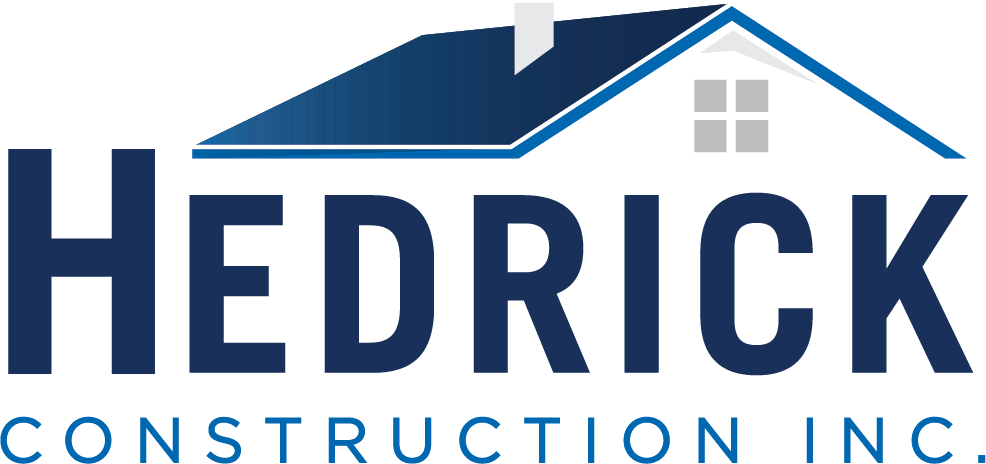
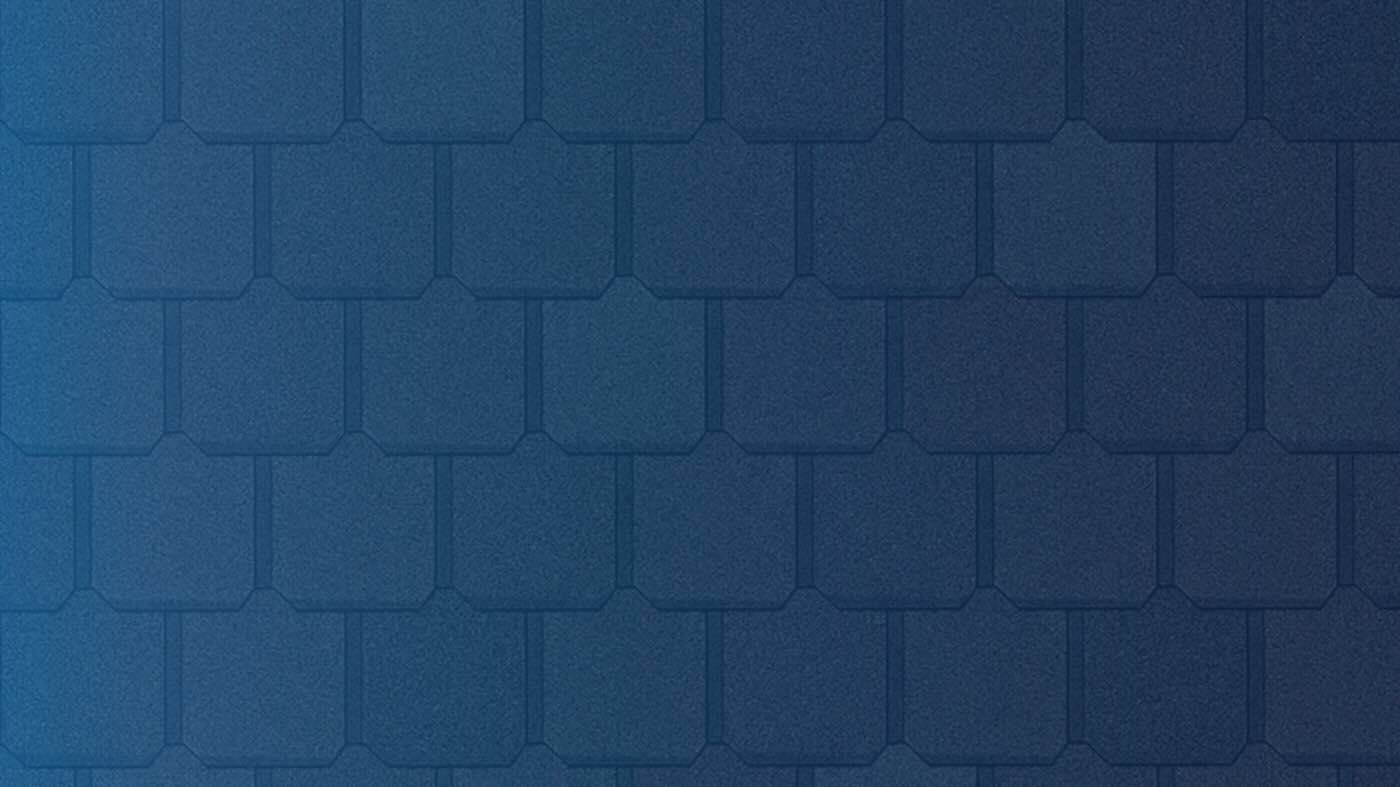
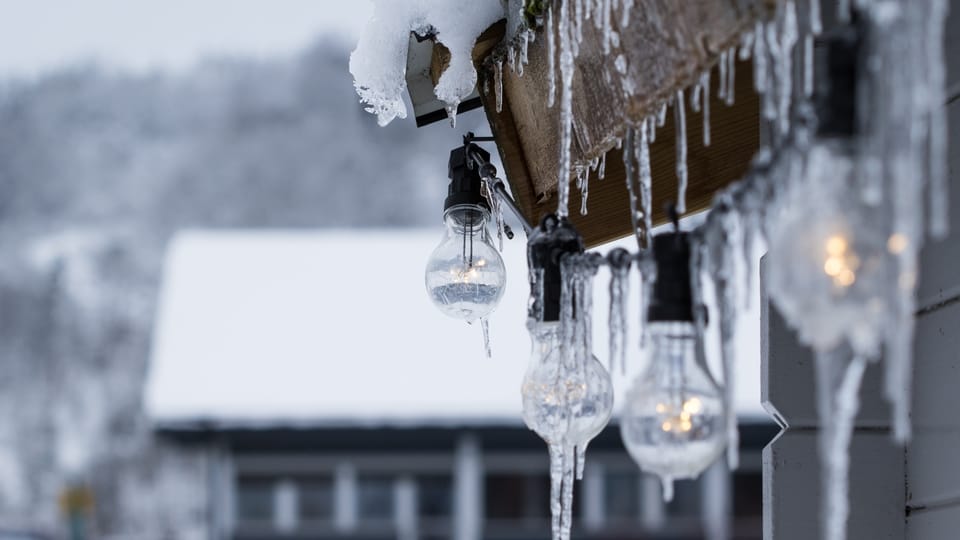
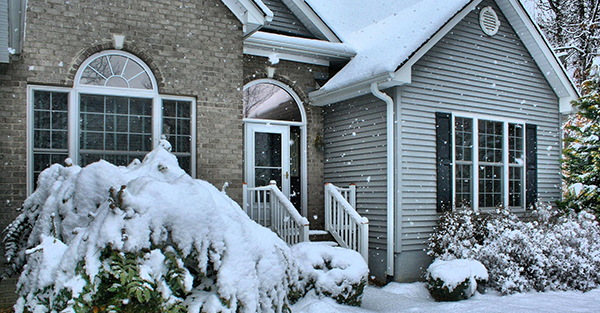
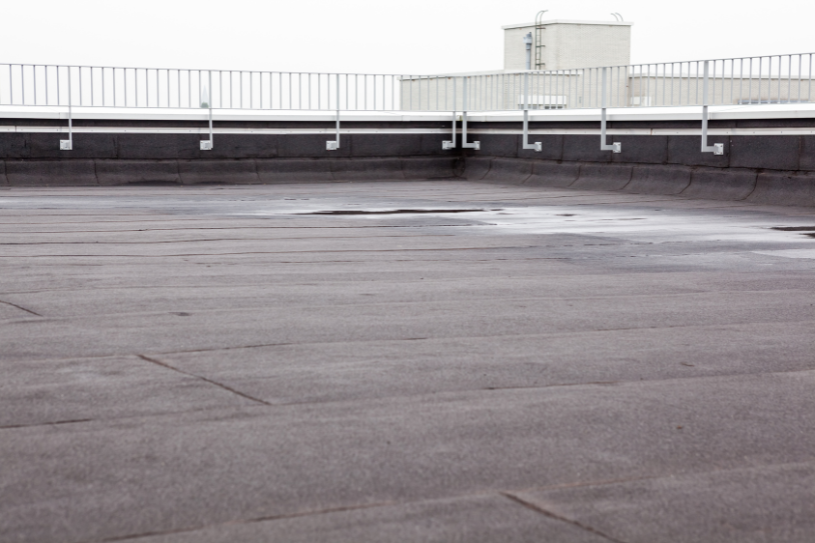


Comments